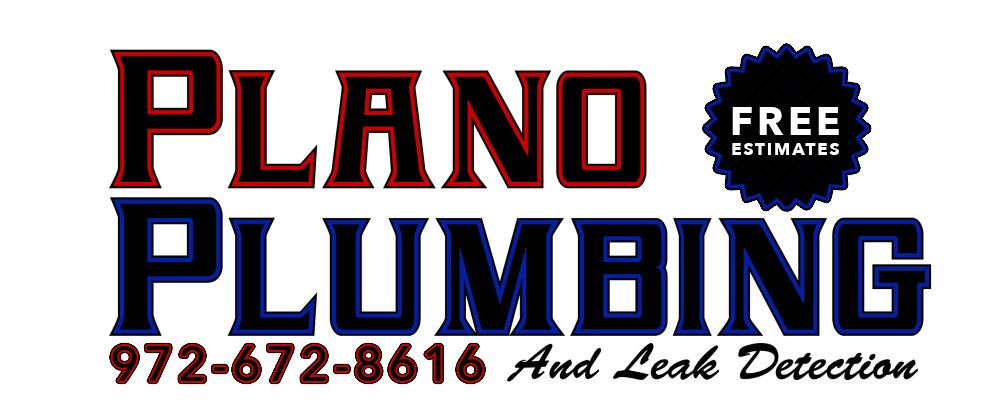Pressure testing is essential to ensure the integrity of your plumbing system in your home or place of business. This testing procedure can be performed on slab, water, or gas leaks. Pressure testing diagnoses the exact issue, identifying leaks early and preventing costly damage. It also helps ensure the efficiency of your water system.
Below is a guide on how to pressure test water lines for leaks. We’ll cover the various testing methods used by professionals today, go over the steps involved in the pressure testing process, and explain how pressure testing can benefit property owners.
What Is Pressure Testing?
Pressure testing is a plumbing system check that applies pressure to the water lines to detect leaks. This method is crucial for detecting leaks and other hidden issues that might not be visible to the naked eye.
Here are some benefits of pressure testing:
- Early Leak Detection: This process allows plumbers to identify leaks before they become significant problems.
- Prevents Water Damage: By catching leaks early, you avoid costly repairs due to water damage.
- Ensures System Efficiency: This testing method can help maintain the efficiency of your plumbing system.
- Safety: You can use it as a preventive measure, reducing safety hazards in your premises.
Types of Pressure Tests
Professionals use different types of pressure tests to determine leaks and other issues. Several pressure tests can be performed to detect leaks in your plumbing system, which includes the following methods:
Hydrostatic Pressure Testing
This type of water pressure test for leaks involves filling the plumbing system with water. The liquid is then pressurized to a specified level. A drop in pressure inside the pipes indicates a leak. Hydrostatic pressure testing is an effective method for detecting leaks in water lines.
Static Leak Testing
Static leak testing is another pressure test plumbing for leaks to determine your home’s plumbing issues. It involves applying a static pressure to the plumbing system and monitoring it over time. During the observation period, a drop in water pressure signifies a leak. Static leak testing is the best method for identifying and detecting slow leaks, which can be challenging to detect using other pressure testing methods.
Air Pressure Testing
Another option that professionals use for pressure testing water lines is air pressure testing. This method fills the plumbing system with air instead of water. The system is then pressurized, and any pressure drop could mean there’s a leak. This method is often applied when water can’t be used.
How to Pressure Test Water Lines for Leaks: Step-by-Step
Pressure testing can be complex, requiring careful preparation, specialized equipment, and technical expertise to ensure accurate results. It involves handling pressurized systems that can be hazardous if not done correctly. Proper execution and interpretation of the test results are crucial for identifying and addressing leaks effectively, ensuring the integrity of your plumbing system.
Here are the steps on how to pressure test water lines for leaks:
Shut Off the Water Supply
Pressure testing water lines begin by cutting off the water supply. Ensure the water supply to the area being tested is turned off completely.
Drain the Water Lines
Open faucets and drains to remove all water from the lines.
Connect the Pressure Gauge
Attach a pressure gauge to the system to monitor the pressure levels.
Pressurize the System
Using a pump, pressurize the system to the recommended level. This level varies based on the plumbing system running in your home or business. This step will provide a water pressure test for leaks.
Monitor the Pressure
Observe the pressure gauge for a set period. Any pressure drop indicates a leak in the system.
Inspect for Leaks
Inspect the plumbing system and locate the leak if a pressure drop is detected.
Why Professional Pressure Testing Is Best
Performing a pressure test plumbing for leaks requires professional expertise and experience to accurately diagnose issues. Working with seasoned professionals prevents errors, mitigates risks, and guarantees a thorough inspection.
- Expertise: Professionals have the experience and knowledge to accurately perform pressure tests and interpret the results.
- Specialized Equipment: They use advanced tools and equipment that may not be available to the average homeowner.
- Safety: Mishandling pressure testing equipment can be dangerous. Professionals ensure the process is conducted safely.
- Thorough Inspection: Professionals can comprehensively inspect and repair any leaks found during the test.
Reduce Costs with Reliable Pressure Testing Services
By ensuring your water lines are leak-free, you can save on costly repairs and maintain the integrity of your plumbing system. At Plano Plumbing, we offer expert pressure testing services to identify and repair leaks efficiently.
Our certified plumbers use the latest techniques and equipment to ensure your plumbing system is in top condition. Call 972-672-8616 or contact us online to schedule an appointment.

